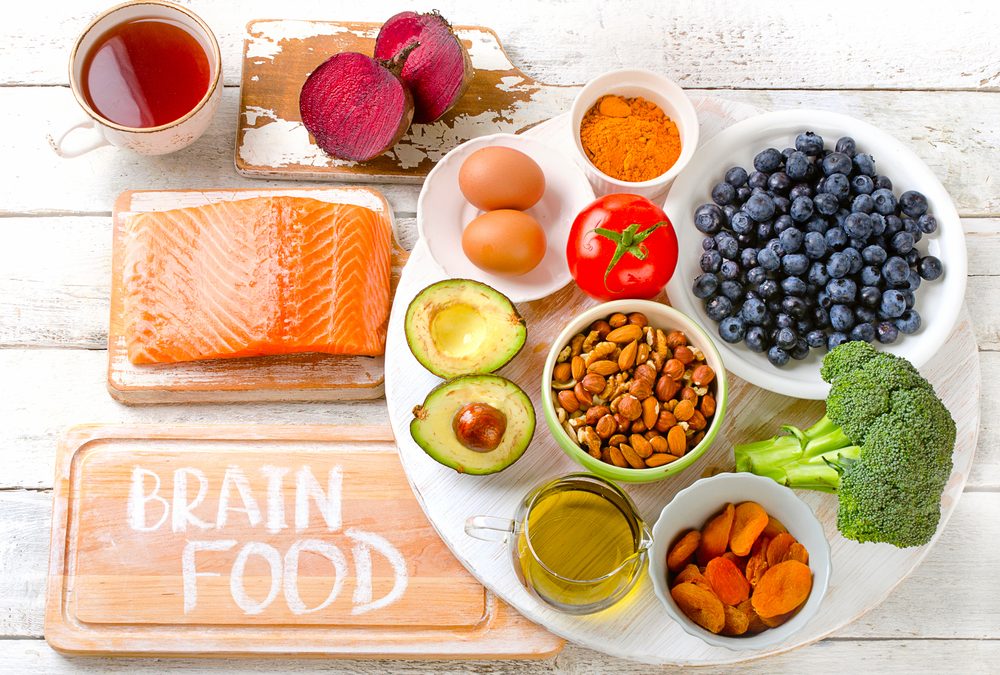 In honor of National Seafood Month, it’s a good time to talk about where omega-3s come from and why you should care.
In honor of National Seafood Month, it’s a good time to talk about where omega-3s come from and why you should care.
When a product arrives on a store shelf or your plate you can sometimes lose sight of how it got there. How long did it take to get there? How was it produced? Where did it come from? How nutritious is it? Is it sustainable?
These are questions people are asking themselves, especially when it comes to seafood, which is one of the richest sources of the omega-3s EPA and DHA.
Did you know that there are more studies on the omega-3s EPA and DHA than most other nutritional substances, including vitamin E and folic acid?
But which types of seafood contain omega-3s EPA and DHA and how much do you need? The good news is there are plenty of healthy options to choose from.
Seafood is one of the largest food commodities in the world. In fact, according to the World Wildlife Fund (WWF), some three billion people rely on wild-caught and farmed seafood as their primary source of protein.
But the US is not like most of the world. Most Americans choose beef and chicken over fish. And if they are choosing fish, they might not be selecting the kind with enough omega-3s.
Fish is one of the healthiest protein sources out there because it contains important vitamins and minerals, in addition to omega-3s EPA and DHA. Although how much EPA and DHA depends on the fish.
Some popular omega-3-rich fish include salmon, anchovies, and herring. Some people love to eat these types of fish and some prefer to get their omega-3s in other forms. For instance, the omega-3-rich oils made from these organisms are sometimes added to products such as dietary supplements, gummy vitamins, fortified milks and eggs.
READ MORE ABOUT THE DIFFERENT PRODUCTS THAT CONTAIN OMEGA-3S
Make Sure Your Omega-3s are Sustainable
According to the United Nations Food and Agricultural Organization, 85% of fish stocks are either fully exploited or overfished. Similarly, many fisheries throughout the world throw away more fish than they keep.
“This incidental catch of non-target species—known as bycatch—is harmful to many species,” WWF says, adding, “Pollution from the poorly managed and unsustainable seafood farms, also known as aquaculture, has caused the deterioration of coastal habitats, lakes and rivers.”
Given the pressures on today’s oceans, it makes sense to take a deeper look at how you are getting your omega-3s. Are you consuming fish twice a week or taking a fish or krill oil supplement? Either way, you should make sure they come from sustainable sources.
Asking your local grocery store or fish market where your fish comes from is a good first step. If you are purchasing other products like supplements or fortified foods, check the label to try and identify where the omega-3s in that product come from and whether or not they are sustainable.
Some products will go the extra mile and certify the sustainability of their product(s) through a third party like the Marine Stewardship Council (MSC) or Friend of the Sea. In that case, look for these labels on fish and packaged products.
For 20 years the MSC has been promoting sustainable fishing. It also promotes the traceability of seafood products. “The MSC blue fish label makes it easy for everyone to choose seafood that’s wild, sustainable and traceable from ocean to plate,” the organization says.
One of the major events that prompted MSC’s formation was the 1992 collapse of Canada’s Grand Banks cod fishery. Overnight, it says, more than 35,000 fishermen and plant workers from over 400 coastal communities lost their jobs when the cod fishery was closed indefinitely. In order to get ahead of disasters like this one, MSC has put several standards in place during the last two decades that fisherman and fisheries need to adhere to in order to get MSC certified.
Today more than 10 million tons of seafood worldwide comes from MSC certified sustainable fisheries. And while fish has always been the main focus, organizations like MSC and Friend of the Sea are now certifying omega-3 supplements.
Sometimes when you see omega-3s in supplement form you forget that it once started out as a living thing, a natural resource. So it is important to do your research when you purchase your omega-3 product to make sure that the source is sustainable, and even better, traceable.
Get Your Omega-3 Level Tested Before You Buy
While sustainability is certainly important, knowing if you are getting enough of the right omega-3s is even more so. Because besides taste and protein, what’s the point of choosing a “sustainable” fish if it doesn’t contain enough of the omega-3s you’re looking for?
CHECK OUT THESE DELICIOUS FISH RECIPES WHICH LIST THE AMOUNT OF EPA AND DHA IN EACH SERVING
If you prefer to get your omega-3s from seafood, consider the following as the richest sources of EPA and DHA. Most experts recommend you get a minimum of 250-500 mg of EPA and DHA a day to support heart, brain and eye health.






